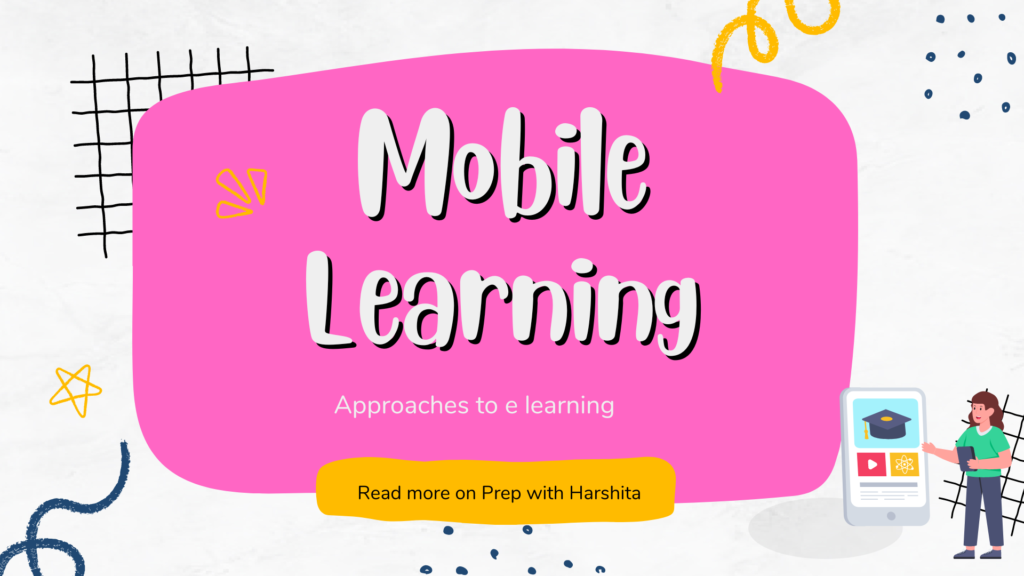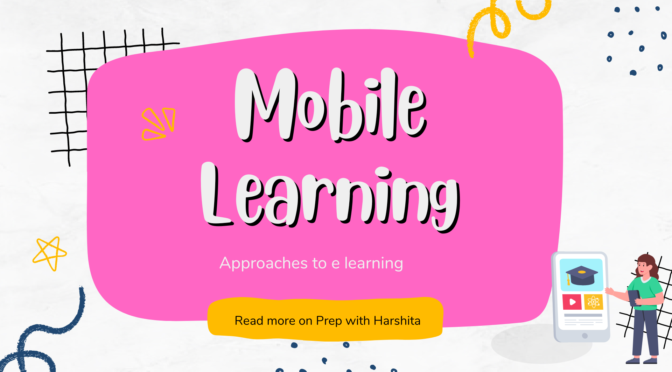Mobile learning, often abbreviated as m-learning, refers to the use of mobile devices, such as smartphones and tablets, to facilitate learning and educational experiences. This form of learning leverages the portability, accessibility, and capabilities of mobile technology to provide learners with flexibility in when, where, and how they access educational content. It is a part of the broader trend towards digital learning and is becoming increasingly prevalent in various educational settings.
Here are some key features and aspects of mobile learning:
- Multimedia Content: Mobile devices support various multimedia formats, including videos, interactive simulations, podcasts, and e-books. This enables a rich and engaging learning experience with diverse content types.
- Accessibility: It allows learners to access educational materials anytime and anywhere, as long as they have a mobile device and an internet connection. This flexibility is particularly beneficial for individuals with busy schedules or those who are geographically distant from traditional educational institutions.
- Adaptive Learning: Many applications incorporate adaptive learning technologies, which personalize the learning experience based on individual progress, preferences, and performance. This helps cater to the unique needs of each learner.
- Collaboration and Interaction: The platforms often include features for collaboration and interaction, such as discussion forums, group projects, and social learning tools. This facilitates communication and knowledge sharing among learners.
- Microlearning: Mobile devices are well-suited for delivering content in bite-sized, easily digestible chunks. This approach, known as microlearning, aligns with the mobile learning trend and supports learning in short sessions, which can be more effective for retention.
- Assessment and Feedback: The applications often include features for quizzes, assessments, and immediate feedback, allowing learners to gauge their understanding and progress in real-time.
- Offline Learning: Some apps offer offline functionality, allowing users to download content for later access when an internet connection is unavailable. This is particularly useful for learners in areas with limited connectivity.
- Language Learning and Skill Development: Mobile apps are widely used for language learning, skill development, and professional training. They provide interactive and immersive experiences, making it easier for learners to practice and apply new skills.
Also Visit : Prep with Harshita

Also Read : Blended Learning

